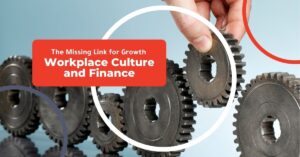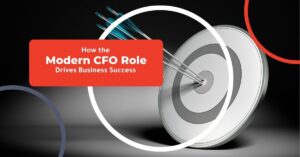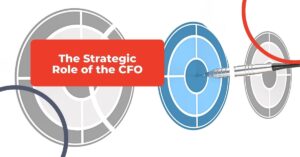Understanding Change vs Transition: The Most Important Business Challenge
Jun 3, 2021
Change in business is inevitable. If we’re fortunate we get to assume some control in change. Other times we can feel like we’re just at the mercy of change. A company’s ability to change and remain vital depends on its ability to transition the behavior of people. Read on as we explore change and transition for growing companies.
Change vs Transition
Change and Transition are not the same thing.
Change is situational – something is occurring that requires action. Market dynamics could be changing, a merger or acquisition is imminent or underway, new leadership or innovation is driving new awareness. The first task of change is the understand the desired outcome and develop a plan to achieve it.
Transition is psychological – the human element is the focus of transition. What people are experiencing in the midst of change, how are they reacting or responding to it, what obstacles or accelerators are people inside an organization experiencing. The first task of transition is to convince people to come along for the change.
Installation is not the same as Implementation. In other words, just because an organization creates or undergoes some catalyst for change doesn’t mean the change is actually in action, or transitioned. For instance, if a company installs a new computer system, that’s a change. Implementation requires transition – getting people to accept and use the new computer system. If people don’t accept the new computer system, they’ll create workarounds to avoid it to get their work done. You might have created change, but without transition the change can’t be meaningful.
Creating a Culture of Change
We’ve identified that change can’t be meaningful until and unless people inside an organization adopt the change, or transition to new behaviors around the change. One way to achieve this is to be intentional about the CAST of people involved in creating an effective transition. Your CAST is made up of:
C: Champions
Champions are individuals who believe in and are committed to change. These should be decision makers and organizational leaders who’ve studied impacts and implications, alternatives and the status quo. Champions can consist of others in an organization as well, but leaders have to be aligned on the importance of the change.
A: Agents
Agents are tasked with tactical implementation and winning the hearts of an organization. These are division or business unit leaders, managers, and other people of influence in an organization. It’ll be up to them to communicate the value of the change in an effort to get everybody in an organization to transition.
S: Sponsors
Sponsors are those with the authority and ownership to commit the needed resources to complete the plan. In addition to managers or business unit leaders Sponsors can include administrators and logistical experts in an organization. These are key stakeholders in the journey to change and transition- without them there’s a lot of talking, thinking and planning but not enough doing to get underway with the change.
T: Targets
Targets are those whose behavior, expectations, perceptions and work processes need to change – ultimately the end user and benefactor – or victim, if they don’t buy-in – of change. Transition is impossible without the active involvement of Targets, so their ability to adopt and adapt is crucial.
It’s important to know that people can exist in more than one part of the CAST – a manager can be both a Target and an Agent and a Champion. An influential rank and file employee can be a Target and a Sponsor. However, you have to have a complete CAST. If you have only Champions, then you’ll have a lot of people who think change is a great idea but there will be no way to achieve it. If you don’t have enough Sponsors you’ll find your logistical planning stalls because there isn’t leadership to carry through with an implementation plan.
The 4 P’s for Communicating Change and Transition
As everybody in an organization has some role in the CAST, how you communicate change is important. Targets especially will feel like victims of change if they feel like orders are being commanded down from on-high, and resentment can build if people feel change is arbitrary or opaque, or the benefits of change aren’t clear. Remember the Four P’s to develop your communication plan:
- Purpose: Clarify and communicate. Why is change important? According to whom? Is there data to reinforce the purpose for change?
- Picture: How things will look post transition. How is this change different from the status quo, or what people are used to? How will it change workloads, workflows, responsibilities or expectations?
- Plan: Outline the steps and schedule to be used to achieve objectives for change. What needs to happen? When? What happens after that?
- Part: Explain roles and deliverables to the CAST: Who’s doing what, according to the plan? How do responsibilities overlap or intersect? What dependencies are experienced, by whom, to stay consistent with the Plan?
Change is inevitable. Transition is not.
Remember that your business will experience change. How your teams transition to it is the difference between high performance and struggle. With a clear understanding of your CAST and the Four P’s, you can position change so that everybody understands its impact, knows their role in transitioning to the change, and ultimately moves together towards achieving objectives. When this isn’t carried out, change can feel heavy-handed or vague to people who will most experience the change. This can lead to resentment, accusations, frustration and ultimately friction that impedes performance and makes transition impossible. Create a culture of change and communication so everyone in your organization understands the value and is committed to the role they play in creating effective change.


